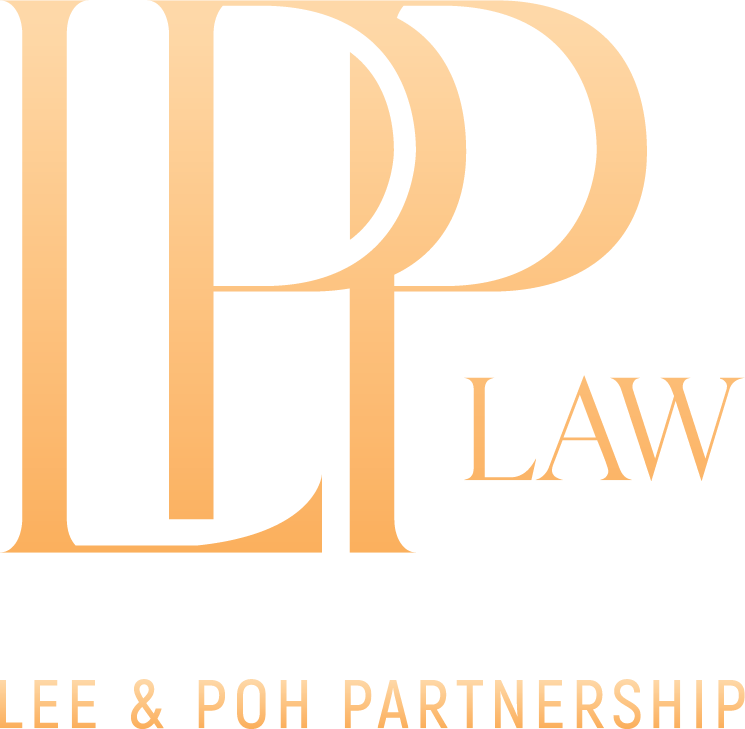Introduction
As a shareholder of a company, you may find yourself entangled in an undesired situation of being subject to the majority’s autocratic and arbitrary conducts. Faced with this scenario, you would either seek recourse under an oppression claim or file a derivative action on behalf of your company depending on the types of damages suffered.
Difficulties In Commencing A Suit
Nevertheless, the intended suit could be stifled as typically, an aggrieved shareholder does not have sufficient documents to sue the majority wrongdoers since they are more often than not kept in the dark about the company’s affairs. For a real example, a shareholder was surreptitiously removed as a director of a famous F&B company and his signatory was excluded from the company’s bank account without his knowledge. In turn, the wrongdoers were able to deplete the company’s funds at their whims and fancies.
As a shareholder of the company, he was unable to obtain the company’s bank statements to assist him in identifying and formulating his cause of action against the wrongdoers.
Pre-Action Discovery Mechanism Against 3Rd Party (O24A)
The “Pre-Action Discovery” (‘PAD’) mechanism under the Rules of Court 2012 provides a legal solution to circumvent this conundrum. PAD is a legal mechanism that allows any party to apply to Court to seek documents from amongst others, 3rd parties before filing a civil action in Court.
Applying to our scenario here, the aggrieved shareholder can seek the bank statements from the company’s bank using this PAD mechanism. By obtaining the bank statements, the shareholder can: (1) decide whether he has a proper cause of action; (2) properly frame his claim in Court; and (3) identify possible 3rd party defendants.
Legal Considerations Of Pad
In order to succeed, the aggrieved shareholder must fulfil the following legal requirements:
- state the material facts about the intended action;
- state whether the 3rd party bank will be brought in as a party in the intended action;
- to show that the documents sought are relevant to an issue or an issue likely to arise in the intended action;
- state that the person against whom the order is sought is likely to have these documents.
The PAD application will likely succeed if all of the aforesaid elements are fulfilled. However, if a Court takes the view that an applicant can properly pursue the main action without those documents, it will be minded to dismiss the application.
This was the case in the High Court Decision of Yap Sin Moy v Pembinaan YSL Sdn Bhd v Ors [2018] MLJU 953 where the High Court judge dismissed the application on the basis that the applicant was able to properly frame her cause of action even without the corporate documents she had sought for in her application.
Conclusion & Summary
The long and short to this article is that the PAD mechanism provides an attractive legal avenue for aggrieved shareholders to discover corporate documents which are out of their reach before filing their intended suit. In some instances, it allows them to debunk their mere suspicions of the majority’s alleged wrongdoings.

